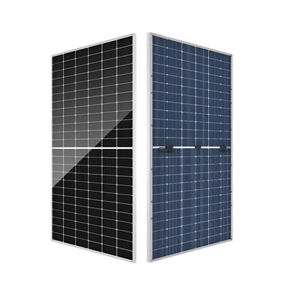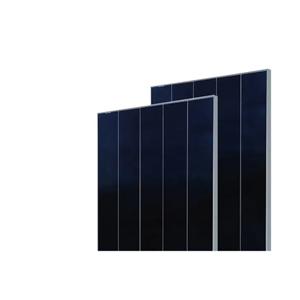Three Major Development Trends Of The Photovoltaic Market In 2024
The role of photovoltaics in the global energy transition is self-evident. In most markets, photovoltaics will become a major component of installed renewable energy capacity and even account for a larger share of total local power generation capacity. As of 2023, the global photovoltaic market has a cumulative installed capacity of approximately 1.5TWdc, and it is expected that an additional 3TWdc of installed capacity will be added in the next ten years.
Photovoltaics has developed from an emerging renewable energy technology to an important support for helping the world achieve decarbonization goals.
As 2024 approaches, Wood Mackenzie’s photovoltaic research team explores three major development trends worthy of attention in the global photovoltaic market.
Prediction 1
In 2024, photovoltaics will transform from a high-growth industry to a mature industry with relatively slow growth.
Although the total global photovoltaic installed capacity will double in the next ten years, the annual global photovoltaic installed capacity will slow down starting in 2024. If our forecast for 2023 holds true, the average annual growth rate from 2019 to 2023 will be 28%, with 2023 increasing by 56% year-on-year compared to 2022. In contrast, the average annual growth rate from 2024 to 2028 will be relatively flat, and there may even be contraction in some years. The growth trend of the global photovoltaic market shows a typical S-shaped curve. In the past few years, the photovoltaic industry has experienced rapid growth, that is, it is in the steep stage of the S-shaped curve. Starting in 2024, the industry will officially pass an inflection point, characterized by slower growth. The global PV market is still many times larger than it was just a few years ago, but as an industry matures, it's natural for its growth to slow.
Prediction 2
In 2024, the Inflation Reduction Act will be fully implemented
The IRA impact came later than expected.Introducing new incentives requires the IRS to issue new guidance and initiate new implementation deployments. This will take quite some time—the IRS issued multiple guidance last year and will issue more in the future. The law did drive the announcement of plans for a raft of new PV production facilities (planned U.S. PV module capacity has exceeded 120GW by 2026, according to Wood Mackenzie data tracking). But building new plants also takes time, and module capacity has only been added by a few gigawatts since the legislation was passed. The same goes for project development. While the number of concentrated PV projects in early development stages has increased by more than 40% since the end of 2022, fewer projects have actually signed contracts. After all, it is difficult for developers to make signing decisions before the final rules of various incentives have been announced.
Prediction 3
In 2024, the photovoltaic manufacturing industry will face a major reshuffle.
Over the past few years, the Chinese government has made photovoltaic manufacturing a key industry to drive China's economic development, with the goal of achieving huge economies of scale and establishing a dominant position in the global supply chain. China's photovoltaic module production capacity has tripled in the past two years to more than 1TW.
Capacity utilization in the photovoltaic manufacturing industry is often well below 100% due to demand fluctuations, technological developments, and an increase in the number of new factories. However, the fundamental reason still lies in severe overcapacity. The global photovoltaic market is expected to have an average annual new installed capacity of about 350GW in the next ten years, and China's module production capacity alone is already nearly three times the global demand. According to Wood Mackenzie estimates, global component manufacturing capacity utilization has fallen sharply over the past two years, from around 70% in 2021 to below 40% in 2023. Oversupply has caused Chinese component prices to reach record lows in 2023.




